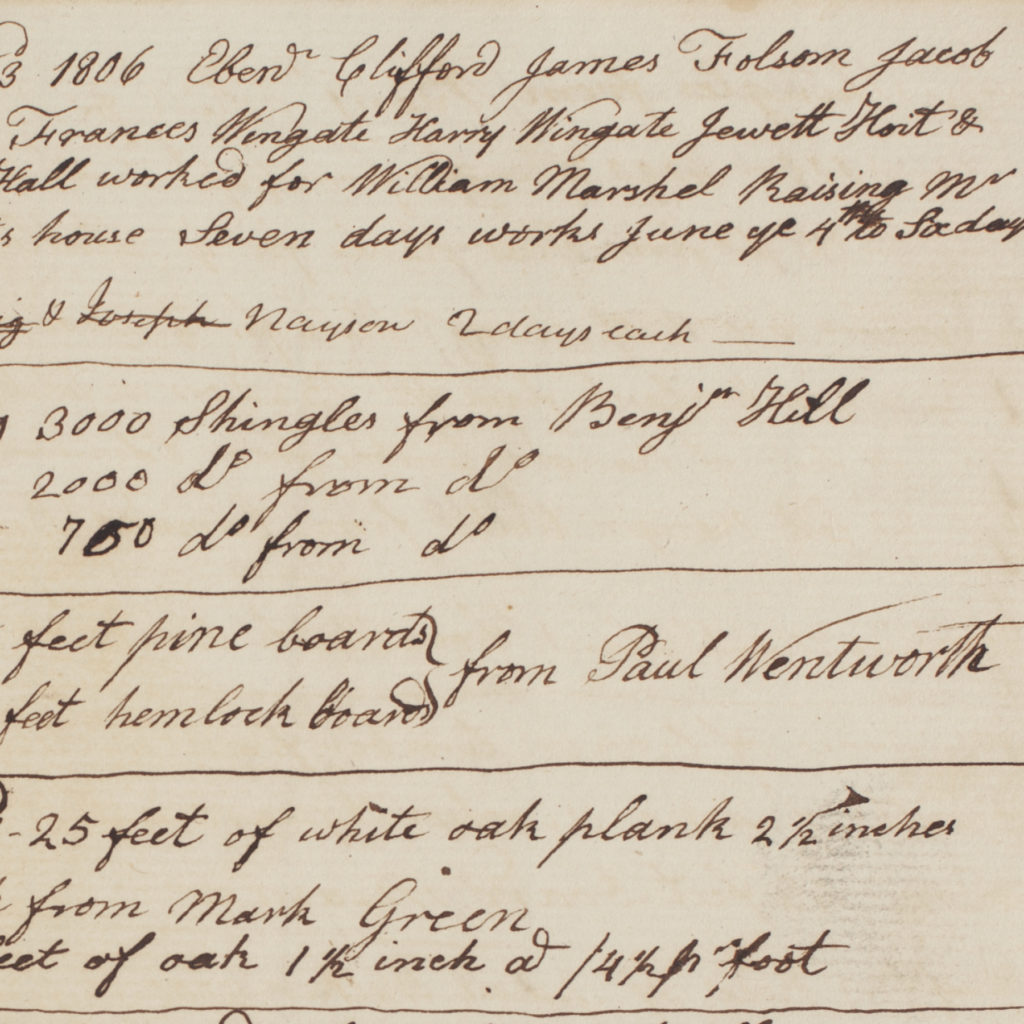 Rundlet-May House
Rundlet-May House
Building the House
An 1807 Showplace in Portsmouth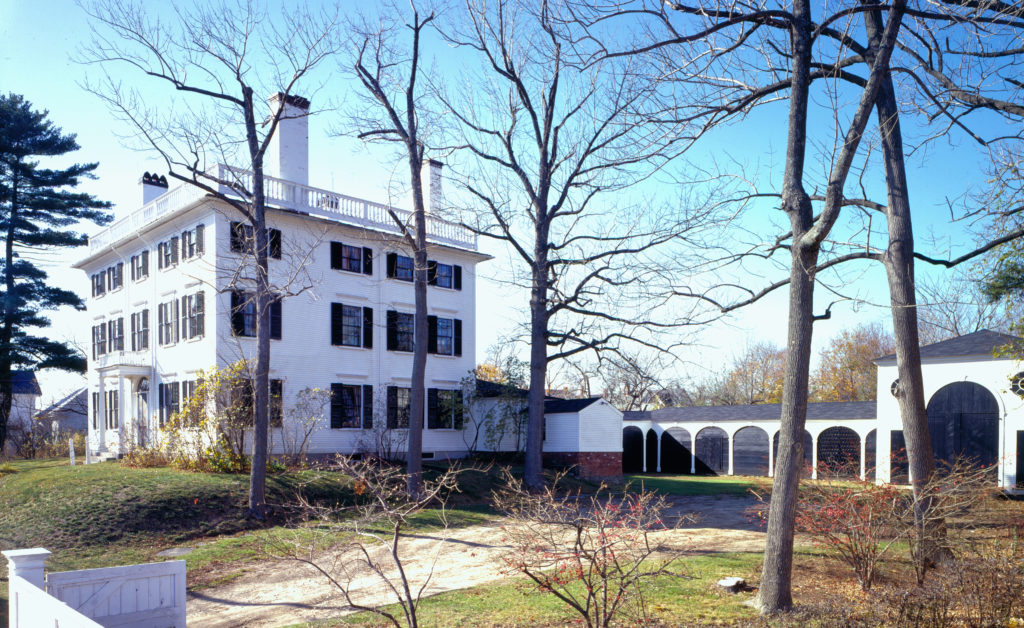
Building a house in Portsmouth in the first years of the nineteenth century was an undertaking that often involved an emerging class of craftmen, artisans, and workers who contructed many parts of the city that can still be seen today. As Portsmouth had faced much expansion during the shipbuilding era with a population rivaling port cities of Boston and Salem to the south, new houses were built by ship owners and those active in the trade eager to partake in the strong economy and opportunity at hand. By about 1800, the emerging elite that benefited from trade and privateer pursuits overall were interested in forging a path to a more open countryside to build their homes; Portsmouth’s Middle Street was just far enough from the bustling harbor and business area to feel removed. It also allowed the Rundlets an expansive bountiful space to build a property of unparalleled luxury that came with great technological innovations.
Portsmouth as a Home
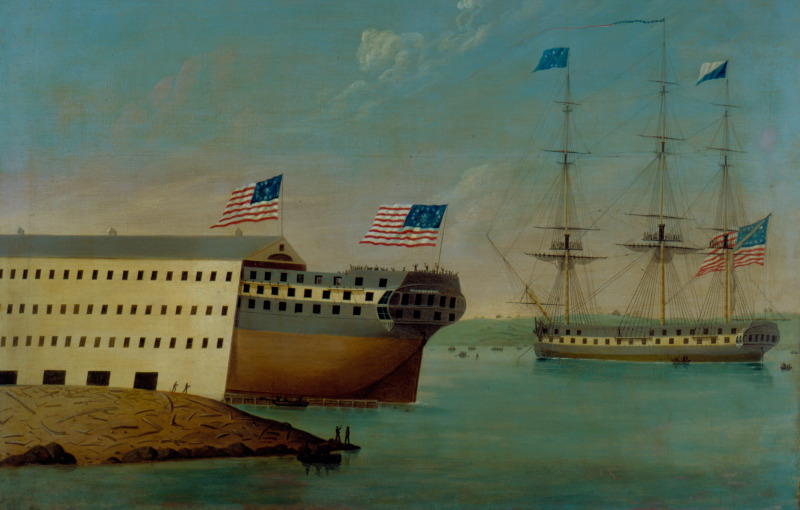
James Rundlet moved to Portsmouth in 1794. It was a bustling city that would soon see further expansion when in 1800 the Naval Shipyard was established. It was here that two of the first ships of the Revolutionary War were built; the USS Ranger commanded by John Paul Jones and USS Raleigh commanded by Thomas Thompson (who lived next door to Gov. John Langdon.) In 1926 a published book written by James Rundlet’s great-grandson, Ralph May, estimated that from 1800 to 1850, 486 vessels were built in Portsmouth. This was the fertile ground in which James Rundlet built a business, based on shipping and trade. Though it is not recorded that he owned enslaved people, he actively participated in supporting voyages and traded with goods and textiles from the West Indies, Calcutta, the Netherlands, as well as with Demerara; all which indicate that he was actively engaged in an economy driven by enslaved people. The Rundlets’ house in Portsmouth used materials brought into Portsmouth on ships from all over the world.
Federal or Neoclassical Architecture
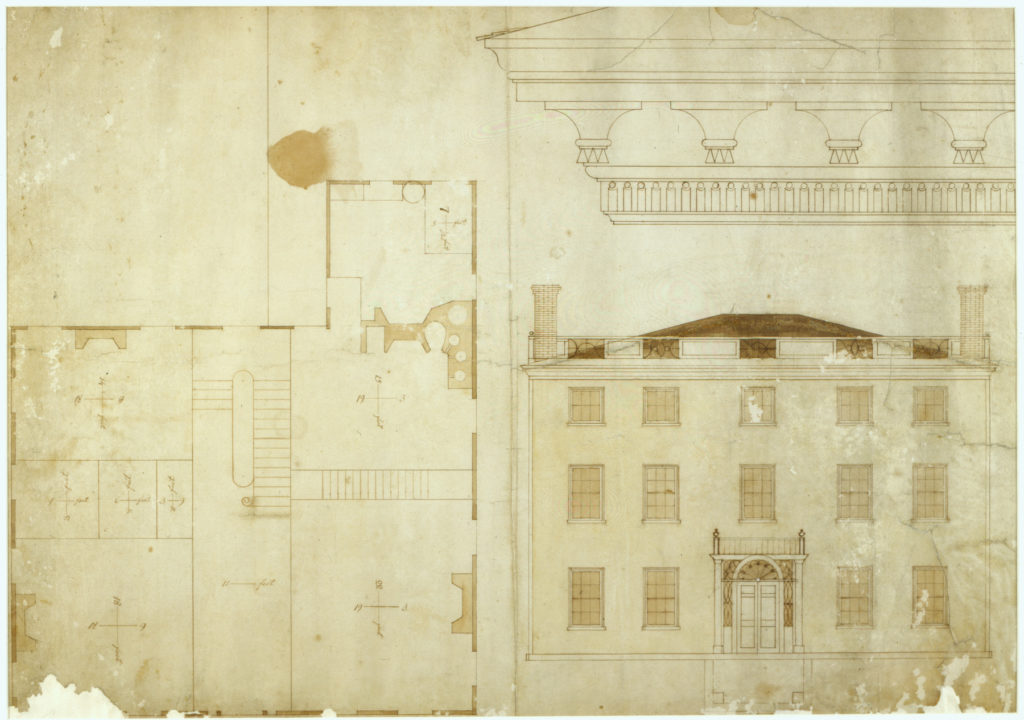
Federal architecture, or Neoclassical, was often the choice of many buildings in nineteenth-century Portsmouth, and to that extension, New England from 1780-1820. Like its predecessor of the Georgian period, houses were often two rooms in the front, two rooms in the back, with a central staircase, and window and architecture elements that were regulated and symmetrical. It borrowed the delicacy of some of its architectural details from the British designers and craftsmen such as Scottish-born Robert Adam (1728-1792), combining forms with grandness without being showy; a lightness to the detail as opposed to Georgian which could be more ornate. Typical architectural elements of Federal period houses were often highlighted on the exterior with winged extensions of space, or interior arched niches for more of a dramatic flair. Asher Benjamin (1773-1845) wrote several pattern books in the era, interpreting the designs of Robert Adam and his interest in Italian and Roman buildings, as well as famed Charles Bulfinch (1763-1844) who was often credited with bringing the Federal style to America after his travels through Europe. One of Bulfinch’s most notable Federal era buildings was built for Harrison and Sally Otis in Boston and is now owned by Historic New England.
The Architect Question
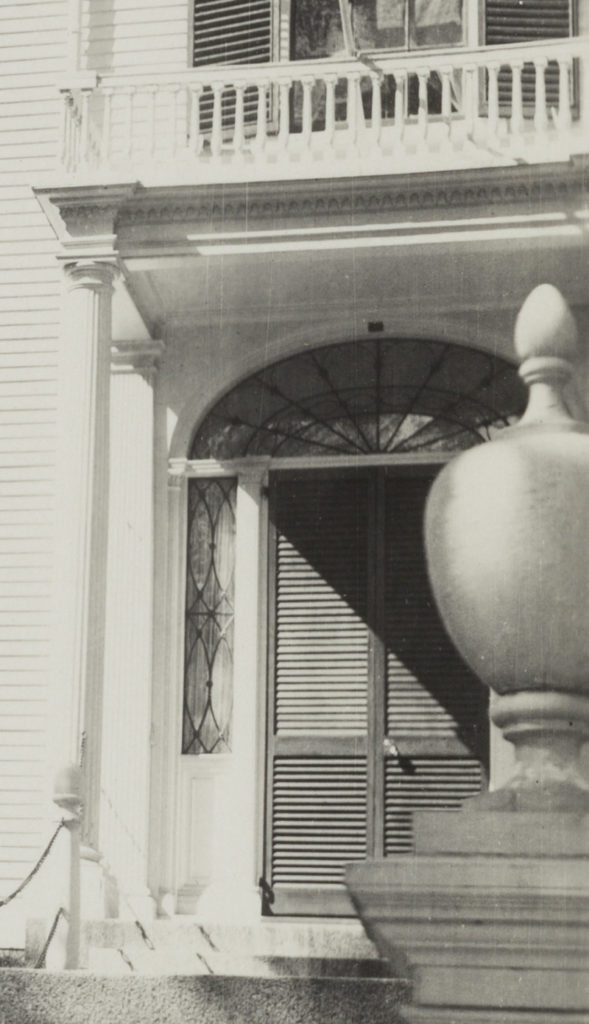 “Architect” as the profession we know of today, did not really exist during the time in which James and Jane Rundlet’s house was built in 1807. It was not uncommon for those highly skilled in designing buildings to also be carpenters, tradesmen, cabinetmakers; skilled in many areas all at once, and though there was no specific trade called “architect,” often the word “housewright” was used when referring to someone named as the principal builder. The question of who built the family home then remains, though there is no question that James Rundlet approached the building of his family’s house through the lens of an interest in mathematics and sciences, as evidenced by some of his books. It can be inferred that he was very involved in the decision process, as would have been common for someone of his social standing at the time. It is unknown if Jane Rundlet had any involvement in the design of the house, though it would have been unusual at this time for a woman’s voice to be heard on such a matter, whereas she may have been more involved in the furnishing of the interior.
“Architect” as the profession we know of today, did not really exist during the time in which James and Jane Rundlet’s house was built in 1807. It was not uncommon for those highly skilled in designing buildings to also be carpenters, tradesmen, cabinetmakers; skilled in many areas all at once, and though there was no specific trade called “architect,” often the word “housewright” was used when referring to someone named as the principal builder. The question of who built the family home then remains, though there is no question that James Rundlet approached the building of his family’s house through the lens of an interest in mathematics and sciences, as evidenced by some of his books. It can be inferred that he was very involved in the decision process, as would have been common for someone of his social standing at the time. It is unknown if Jane Rundlet had any involvement in the design of the house, though it would have been unusual at this time for a woman’s voice to be heard on such a matter, whereas she may have been more involved in the furnishing of the interior.
James Rundlet was also in possession of a copy of Asher Benjamin’s The Country Builder’s Assistant, written when Benjamin was in his twenties. The book would have provided more than ample inspiration to not only him but his team of builders, as it had profound impact on the architecture produced in this era, as did many of Asher Benjamin’s books that came after, a totaling of seven in his career. In James Rundlet’s account books, large payments were made to James Nutter, a master joiner, William Deering, a master carver (for work on “carved work and carved capitals”) and Ebenezer Clifford, a joiner who received the largest payment on the project as a whole.
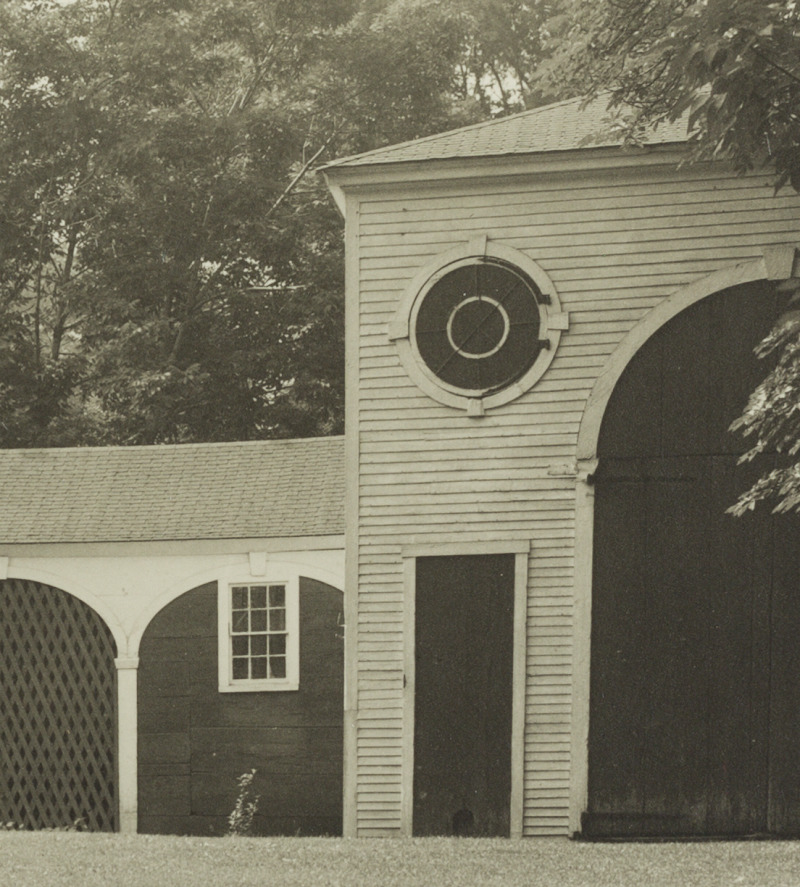
Portland Maine-born Alexander Parris (1780-1852), a housewright who built many houses in Maine, Massachusetts, and built St. John’s Church in Portsmouth, may have also been an influence as well for the final design of the Rundlet’s home, though he too, was influenced by English pattern books and Asher Benjamin. The cornerstone of St. John’s Church was laid in June of 1807, making the build almost analogous to the time period in which the Rundlet’s house was built. Three hundred buildings in Portsmouth burned in a fire in December of 1806, including the original church. A new wave of building in Portsmouth was about to take hold.
BUILDERS AT RUNDLET HOUSE
The Rundlet’s house could not have been completed without the work of many craftsmen and tradesmen, shedding light on the socio-economic class structure that comprised Portsmouth’s waterfront area and its surrounding communities. There was an emerging environment of many craftsmen of this period that benefited from the building of Portsmouth. Many artisans lived on Cotter’s Lane, though there were an increasing number in the West End and closer to where the Rundlet family built their home. On average, laborers made between $.75 and 1.00 per day; whereas two black men employed as laborers received between $.50 and $.67 per day. The labor required for some of the duties was not considered specialized, but surely required a lot of strength and stamina, such as digging the cellar and the well for the house. Five men by the name of Clark were noted in the ledger to be working on the cellar in 1807.
Account Books
In the depths of the archives at Historic New England, among the many papers of James Rundlet are account ledgers describing expenditures relating to the building of his Middle Street house, this one specifically labeled “Building House 1806-1809.” James Rundlet’s log books offer a rare glimpse into how the house was built, who worked on it, and what was spent. In summary, the total cost to build the house was $12,604.47. Of that, labor and board made up for more than 50% of the expenses, or $6,567.17 of the total figure. Details can also be gleaned on the hours that were worked; whether or not it was a full day of work, tasks at hand. The primary work crew was on site six days a week, with Sunday as a day off. As many as eighteen men were on-site working on the house, the peak number achieved in July of 1807. James Rundlet paid seventeen men for what was described as joiner’s work in the account books, with no mention of carpentry or housewright. Jacob Marston, was paid for 315 ½ days of work but notes in the margin of the ledger indicate that his pay included Nathaniel Marston and Hinsley Hall. Notable names also included Ebenezer Clifford. James Nutter is also mentioned; all three of these craftsmen had roles in building Portsmouth’s best-known landmarks today including St. John’s Church and the New Hampshire Fire and Marine Insurance building (now the Portsmouth Athenaeum.)
Building as a Trade
Materials and Costs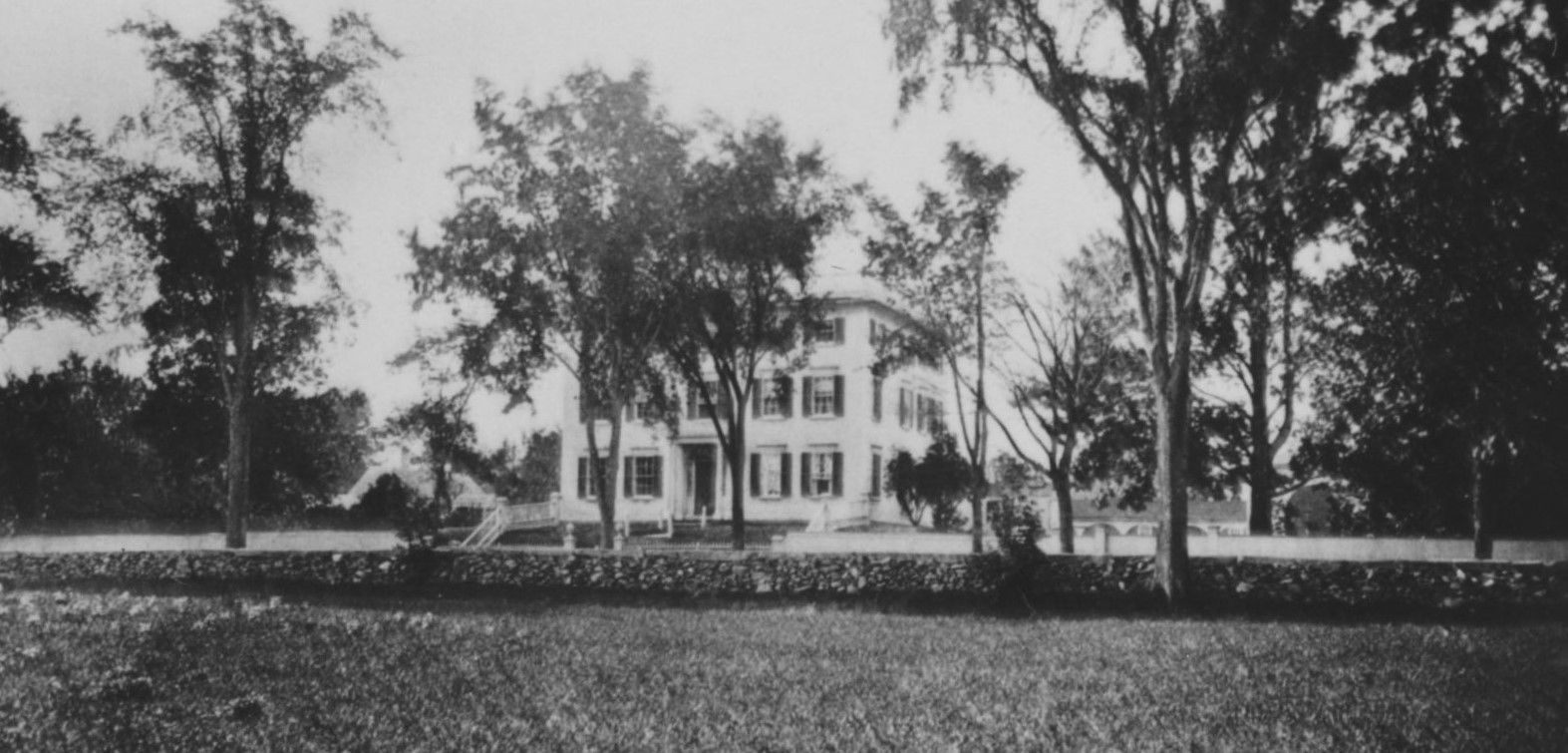
Rundlet-May House is perhaps one of the best documented houses in terms of knowing how the laborers worked, what materials they used and how much the materials cost; right down to the cost of nails. All of this combined gives a lot of evidence of how houses were built. Using what local materials were available for the build was to be expected, and over half of the lumber was sourced by James and Nathaniel Jewett, Mark Wheeler, and Mark Walker, but there were forty other purveyors named as well. Masts and poles, boards and planks, shingles and clapboards were all accounted for in Rundlet’s ledger. Masonry expenses included bricks, rocks and paving stones, lime, sand and gravel, and “hair,” presumably for horsehair. Miscellaneous but necessary costs included transportation and use of animals for labor; the cost of “Horse, oxen, trucks, Gundalo” was recorded at $306.78. Another necessary expenditure was deemed to be the procurement of rum, listed under labor costs, at $186.75.
